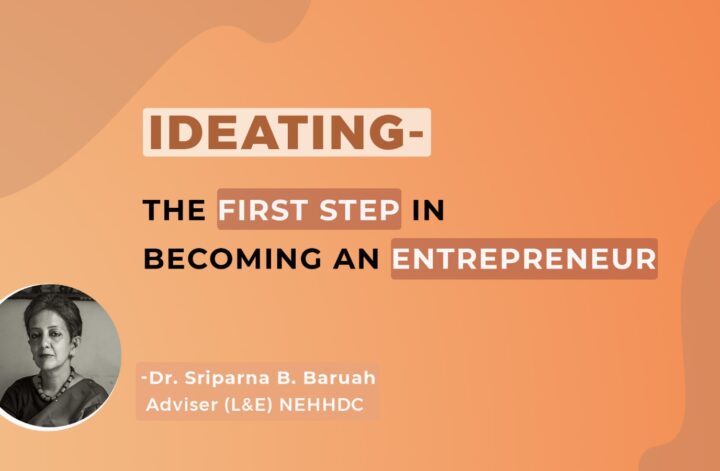If one is seriously wanting to be an entrepreneur, what one needs to do is instead of thinking of random ideas, the focus should be on solving problems that the consumers are having that current companies cannot or will not address. With a foundational understanding of the types of opportunities that exist, one can dive into identifying them.
Sharing three WAYS TO IDENTIFY BUSINESS OPPORTUNITIES
1. Identify Your Pain Points
When searching for potential market needs, it is best to start with ones own self. Reflect on everyday life and try to find out what processes or tasks bother you. One can also look at what jobs are to be done and which have not found the perfect product to fulfil the need.
Many successful entrepreneurial ventures began with a personal problem in the founder’s life.
2. Conduct Market Research
Another way to prove whether a business idea is viable is by conducting market research. This includes using industry research to define the competitive landscape and determine the target audience, as well as interviewing or surveying people who fit to the target demographics.
Observing and gathering feedback from real people enables one to consider their perspectives and gain a deeper understanding of their motivations, frustrations, fears, and desires. This can help in conceptualizing whether the product addresses a job to be done and the size of the audience that could benefit from it.
Once an opportunity is identified, one can utilize design thinking to create an innovative product that fits the job to be done you uncovered through research.
3. Question Processes
One can also identify business opportunities by examining the processes and delivery methods of existing product or service offerings. The best way is to try to evaluate each process with an open mind and ask questions about how one could improve it. Questions like the following can give leads on opportunities
- Could this process be faster?
- Could this process be executed using a cheaper business model?
- Is there a more sustainable way to execute this process?
- Does this process exclude certain groups of people? If so, is there a way to make the process accessible to all?
There is no need to reinvent the wheel to break into entrepreneurship—One just need to recognize the potential for innovation that already exists.
An aspiring entrepreneur can also look at various sectors and identity business opportunities. Sharing examples of how successful startups started by identifying initial problems
- Facebook which was founded by Mark Zukerberg in 2004 started by addressing the problem of not being able to connect with friends online. One could find music, news, information online but there was no way to connect with people who care about you.
- Airbnb was founded in 2008 ,when two cofounders tried to solve the problem of paying a higher rent being charged by their landlord and an opportunity lack of space for conference attendees in California
- Instagram was founded in 2009 by trying to address three main problems—
That mobile photos don’t look so great, b)uploads on mobile take a very long time c) option of multiple sharing at one go was not available
- Uber was founded in 2009 to address the problem of unreliability of hiring a taxi. Personal experience of being stranded because of this unreliability triggered the idea.
When searching for business and market opportunities, it is important to lead with a disruptive lens. Rather than directly challenge companies dominating market segments, one can identify people who are over- or underserved by existing offerings and compete on a disruptive level.

